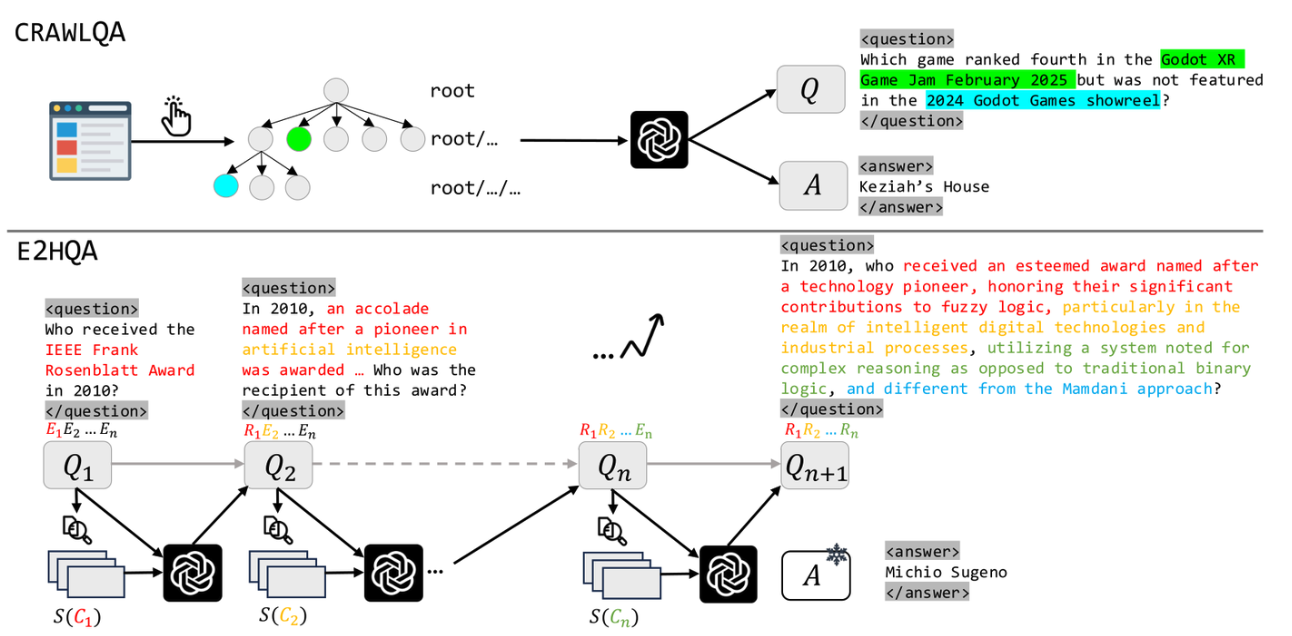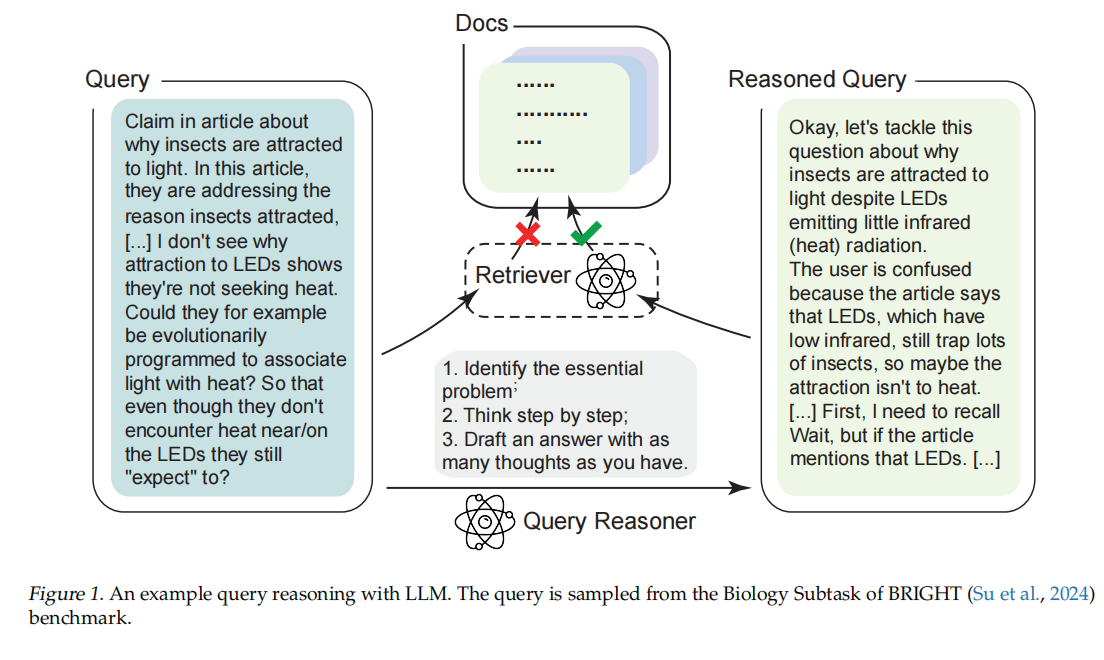SQL刷题
SQL刷题
数据库SQL查询语句的执行顺序是怎么样的?_sql查询顺序-CSDN博客
注意
where和having
“Where”是一个约束声明,在查询数据库的结果返回之前对数据库中的查询条件进行约束,即在结果返回之前起作用,且where后面不能使用“聚合函数”;
“Having”是一个过滤声明,所谓过滤是在查询数据库的结果返回之后进行过滤,即在结果返回之后起作用,并且having后面可以使用“聚合函数”。
-
使用的角度:
-
where后面之所以不能使用聚合函数是因为where的执行顺序在聚合函数之前,
如下面这个sql语句:
1
select sum(score) from student group by student.sex where sum(student.age)>100;
-
having既然是对查出来的结果进行过滤,那么就不能对没有查出来的值使用having,
如下面这个sql语句:
1
select student.id,student.name from student having student.score >90;
-
在查询过程中聚合语句(sum,min,max,avg,count)要比having子句优先执行,而where子句在查询过程中执行优先级别优先于聚合语句(sum,min,max,avg,count)。
简单说来:
where子句:
1 | select sum(num) as rmb from order where id>10 |
//只有先查询出id大于10的记录才能进行聚合语句
升序降序
升序:asc(ascend)
降序:desc(descend)
Union
[sql语句中union的用法_sql union-CSDN博客](https://blog.csdn.net/weixin_42383680/article/details/119858753?ops_request_misc={"request_id"%3A"172242275016800222833310"%2C"scm"%3A"20140713.130102334.."}&request_id=172242275016800222833310&biz_id=0&utm_medium=distribute.pc_search_result.none-task-blog-2~all~top_positive~default-1-119858753-null-null.142^v100^pc_search_result_base8&utm_term=SQL union&spm=1018.2226.3001.4187)
union联合的结果集不会有重复值,如果要有重复值,则使用union all
union会自动压缩多个结果集合中重复的结果,使结果不会有重复行,union all 会将所有的结果共全部显示出来,不管是不是重复。
union:会对两个结果集进行并集操作,不包括重复行,同时进行默认规则的排序。
union all:对两个结果集进行并集操作,包括重复行,不会对结果进行排序。
count
[SQL中COUNT()函数的用法_sqlcount函数的使用方法-CSDN博客](https://blog.csdn.net/fdggdg/article/details/118757777?ops_request_misc={"request_id"%3A"172242334216800211564239"%2C"scm"%3A"20140713.130102334.."}&request_id=172242334216800211564239&biz_id=0&utm_medium=distribute.pc_search_result.none-task-blog-2~all~top_positive~default-1-118757777-null-null.142^v100^pc_search_result_base8&utm_term=sql count&spm=1018.2226.3001.4187)
177. 第N高的薪水
注意声明函数,变量,set的过程,limit的用法,distinct的用法。
这里变量不能直接N-1带进去,必须重新声明一个变量。
1 | CREATE FUNCTION getNthHighestSalary(N INT) RETURNS INT |
180.连续出现的数字
1 | select distinct l1.num as ConsecutiveNums |
602.好友申请②:谁有最多的好友
1 | # Write your MySQL query statement below |


